50 years create a generation of classics.
“Hilux” is a combination of “high” and “luxury”, which means high-end and luxury.
The Toyota HILUX pickup truck was born in 1968. It has a history of 50 years and has developed into the eighth generation product. The Toyota HILUX pickup truck is sold in more than 140 countries around the world and can be called a classic pickup truck.
First generation Hilux
The Hilux made its debut in March 1968. The first-generation Hilux pickup truck was designed and developed by Toyota, but produced by Hino Motors at its Hamura plant. The wheelbase of the first-generation Hilux pickup truck is 2540mm, and the overall vehicle size is 4215*1580*1570mm. The first-generation Hilux was not equipped with rear-view mirrors.
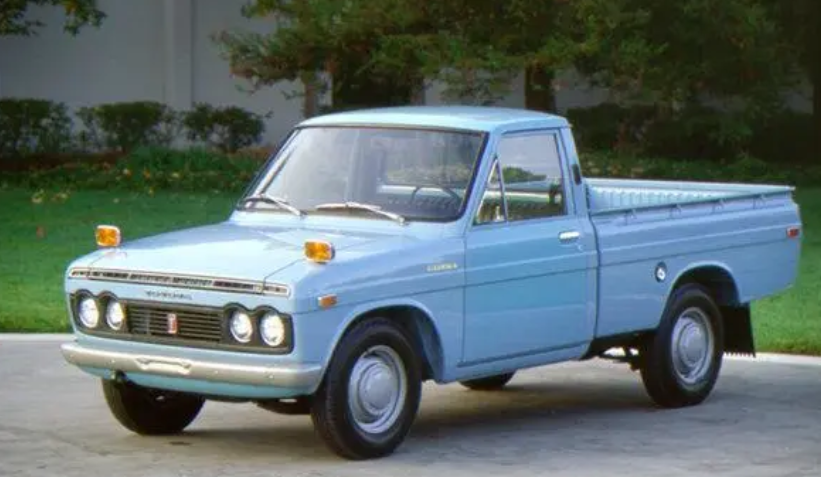
The engine uses a 1.5-liter four-cylinder gasoline engine with a power of 70PS. This engine is also used in Toyoace. The transmission is a 4-speed manual transmission. And in February 1971, the engine was upgraded to a 1.6-liter 83-horsepower engine.
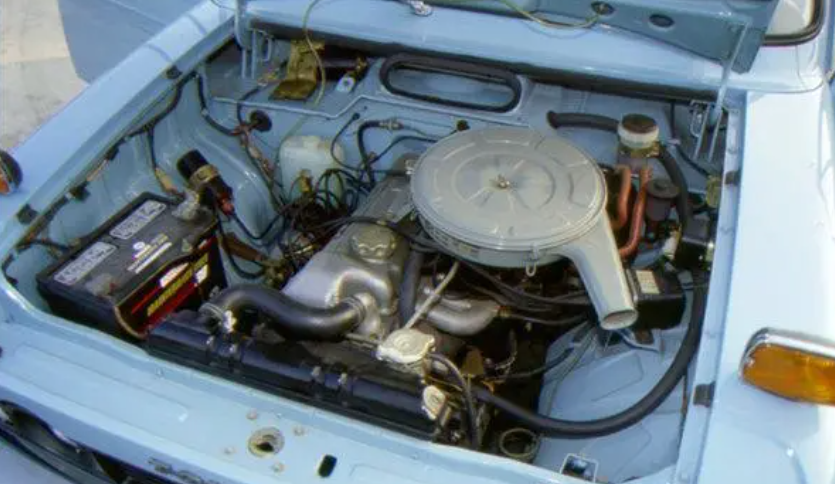
Hilux adopts an independent frame structure, the front suspension is a double wishbone/coil spring independent suspension, and the rear suspension is a leaf spring. The transmission is a 4-speed manual with column shifter.
The Hilux has a passenger capacity of 3 people, a payload of 1000kg, and a cargo box length of 1850mm. And in April 1969, based on this, a model with an extended wheelbase was launched, with a cargo box length of 2250mm.
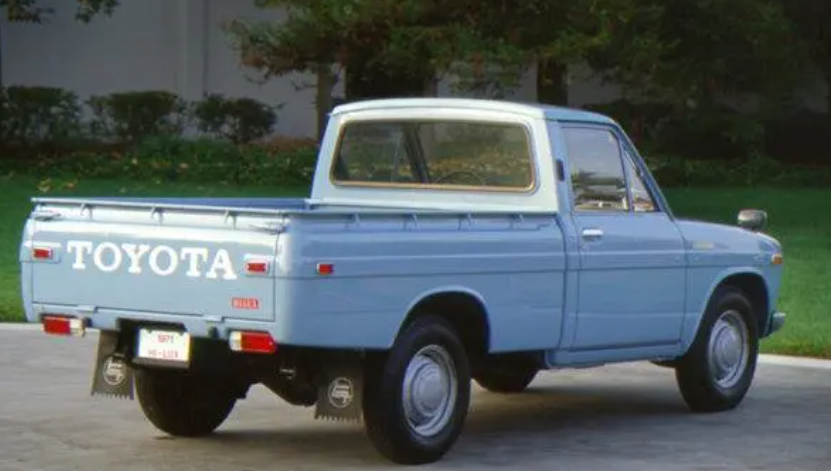
The first-generation Hilux pickup truck was withdrawn in 1972, after nearly five years. Then in 1972, Toyota launched the second-generation Hilux pickup truck.
Second generation Hilux
The second generation Hilux was launched on the market in May 1972. In appearance, the front grille has been upgraded compared to the first-generation Hilux, making it look more domineering.
The second-generation Hilux pickup truck has two wheelbase versions. The long wheelbase model has a wheelbase of 2795mm and the overall vehicle size is 4680*1580*1585mm; the short wheelbase model has a wheelbase of 2580mm and the overall vehicle size is 4275*1580 *1580mm.
The second generation Hilux began to be equipped with rearview mirrors, but the rearview mirrors were placed on the hood, which is very different from the current cars on the doors.
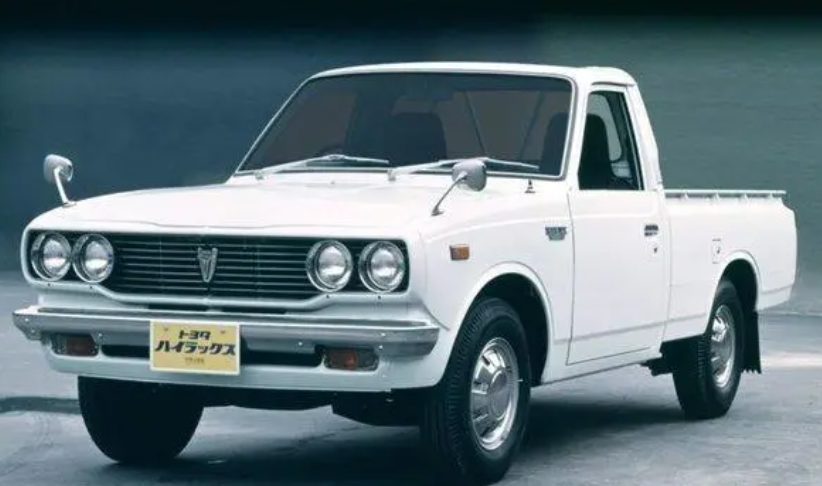
Cargo box length and maximum payload capacity remain unchanged. In addition to the first-generation upgraded 1.6-liter engine, the short-wheelbase model is also equipped with a 2.0-liter four-cylinder gasoline engine with 105hp, which is specially designed for highway conditions and can drive more smoothly on the highway.
To meet increasingly stringent safety requirements, a vacuum brake booster is standard and a load-sensing brake proportional valve is used. In October 1975, to comply with 1975 emissions standards, the engine range was consolidated into a 1.6-liter 80-horsepower (12R-J) gasoline engine.
The second-generation Hilux pickup truck was withdrawn in 1978. After nearly five years, Toyota launched the third-generation Hilux pickup truck in 1978.
Third generation Hilux
The third generation Hilux went on sale in September 1978. Equipped with a second-generation 1.6-liter 80-horsepower (12R-J) gasoline engine. Major changes have been made in appearance, with the rearview mirrors placed on the doors, similar to today’s common models.
The third-generation Hilux has undergone a comprehensive upgrade in the interior, which is similar to the interior style of a car, showing good ride comfort. The new high-end super luxury model is equipped with an extended cab that is 90 mm longer than the standard cab, thereby expanding the interior seating space.
In a minor facelift in October 1981, a double-cab model with two rows of seats was launched for leisure and entertainment use.
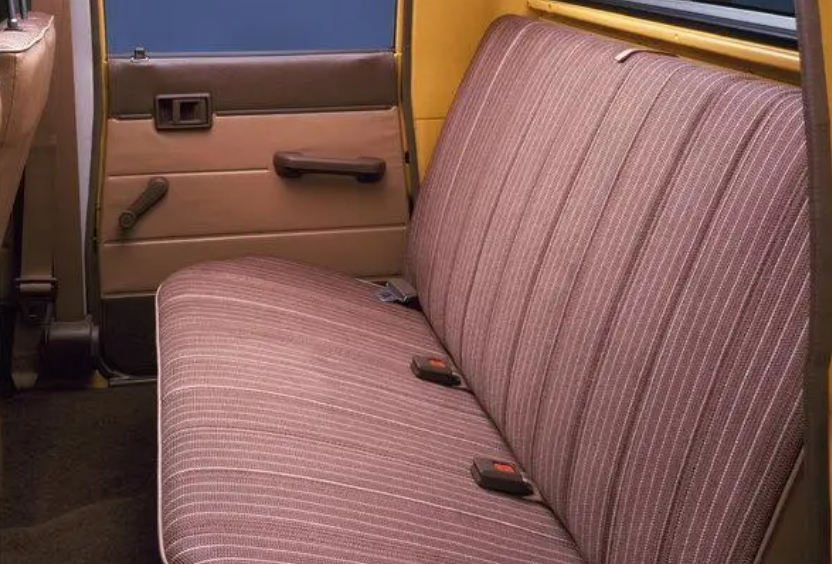
The double-wishbone front independent suspension remains unchanged, with torsion bars replacing coil springs. Front disc brakes are standard on Luxury and above models. And in October 1979, the first four-wheel drive model was introduced in the Hilux series, equipped with a 2-liter engine (18R-J).
After nearly five years, the third-generation Hilux was withdrawn in 1983, and the fourth-generation Hilux was born that year.
Fourth generation Hilux
The fourth generation Hilux was released in November 1983. The exterior of the fourth-generation model is distinguished by blister fenders at the front and rear. Rear-wheel drive (RWD) models include Comfortable series and Popular series.
The engine lineup for rear-wheel drive models includes 1.6- and 1.8-liter gasoline engines (12R-J, 2Y) and 2.2- and 2.4-liter diesel engines (L, 2L). All four-wheel drive (4WD) models feature new bodywork. The engine lineup of the four-wheel drive model includes a 2-liter gasoline engine (3Y-J) and a 2.4-liter diesel engine (2L).
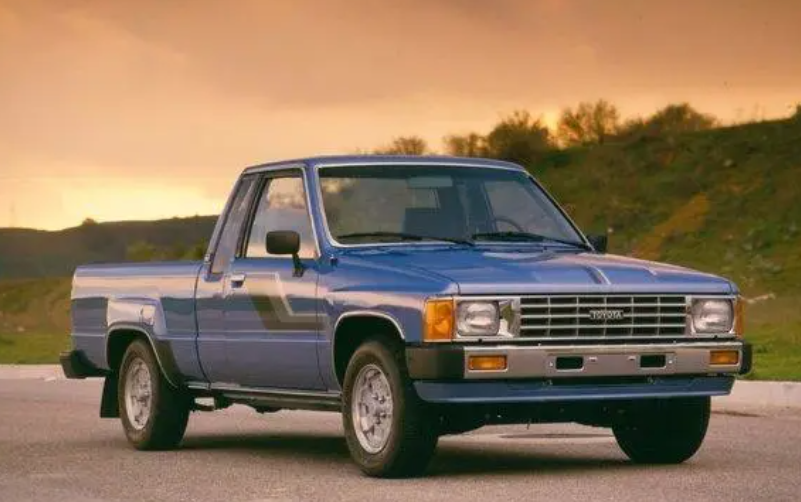
Single cab and crew cab versions are also available, taking the total number of models from 17 to 20. A high-rise bed model with bottom-hinged doors on three sides was also added to this generation.
In May 1984, Toyota’s first sports utility vehicle Hilux Surf (known as 4Runner in overseas markets) was released. This was a station wagon based on the fourth-generation Hilux 4WD.
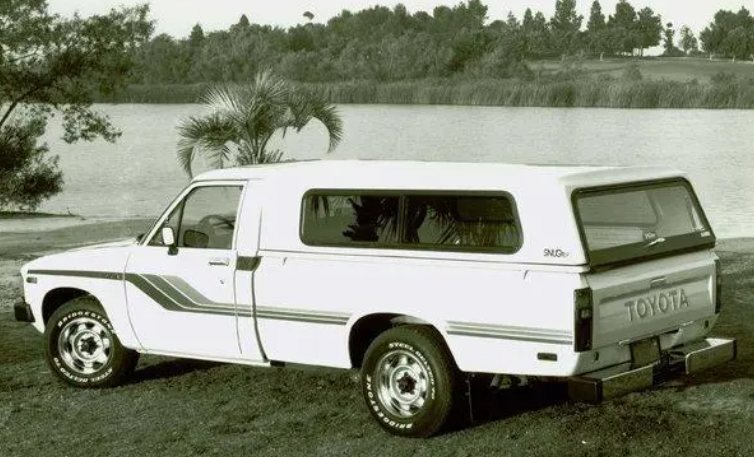
Hilux followed the rule of replacing one generation every five years and was delisted in 1988, and the fifth generation Hilux was launched in the same year.
Fifth generation Hilux
The fifth-generation Hilux, launched in September 1988, focuses on three major selling points: power, reliability and comfort. The appearance has been greatly upgraded to look more in line with the aesthetics of modern cars, and a streamlined design has been added.
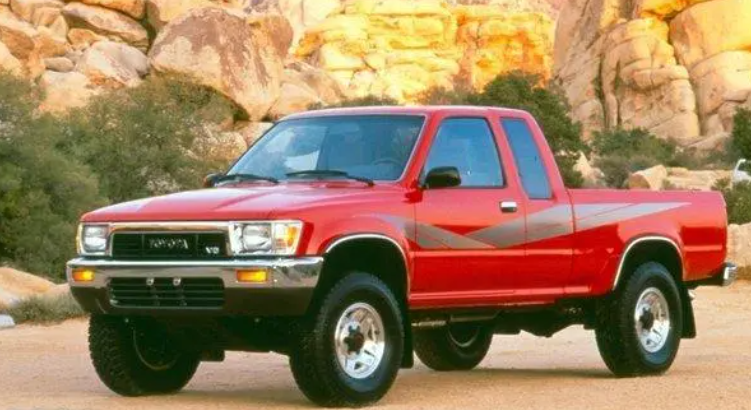
In order to enhance its functionality as a utility vehicle (known as an RV or recreational vehicle at the time), the interior equipment was further upgraded.
The dashboard and other interior equipment are designed to be more car-like than before. The engine lineup for rear-wheel drive models includes a 1.8-liter gasoline engine (2Y) and a 2.4-liter diesel engine (2L), while the engine lineup for all-wheel drive models includes a 2-liter gasoline engine (3Y) and a 2.8-liter diesel engine.
In order to meet diverse customer needs, the number of rear-wheel drive models with automatic transmission has been increased, and the luxurious SSR package has been provided to 4WD models with short bodies.
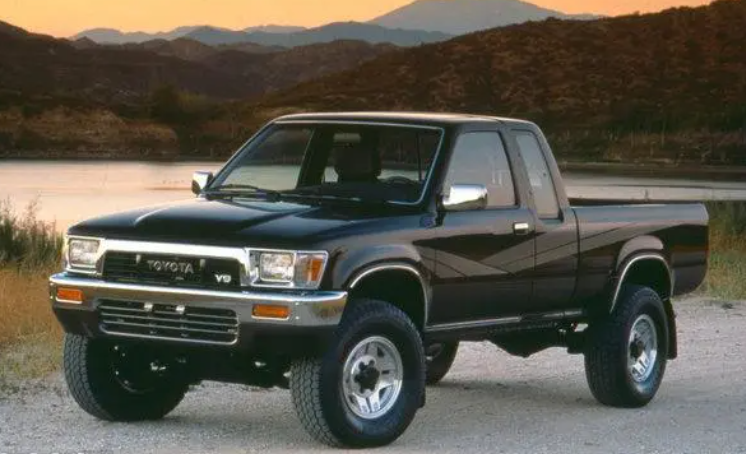
The fifth-generation Hilux lasted 10 years due to its large number of models and was withdrawn from the market in 1997.
Sixth generation Hilux
The sixth-generation Hilux, launched in September 1997, includes commercial truck models and personal sports pickup models. The latter is equipped with equipment and devices suitable for a utility vehicle and is characterized by an extended height and length of the cabin and improved quietness.
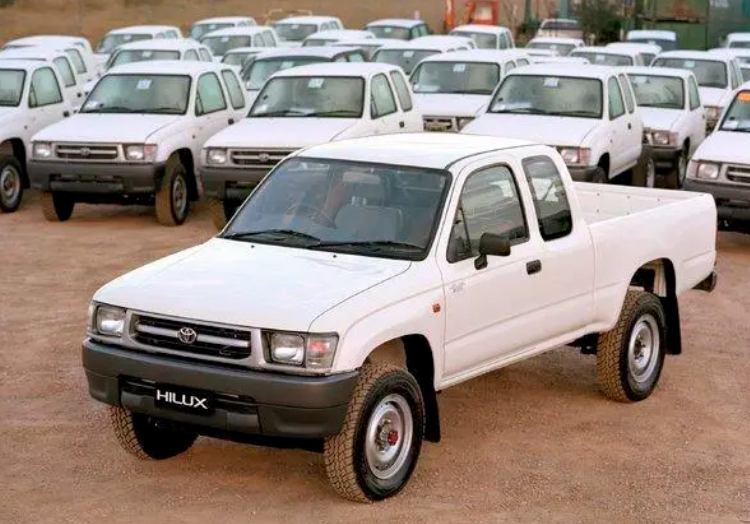
The body width has been lengthened by 100 mm, making it a multi-purpose pickup truck with a long enough cargo bay and two additional auxiliary seats at the rear of the cab.
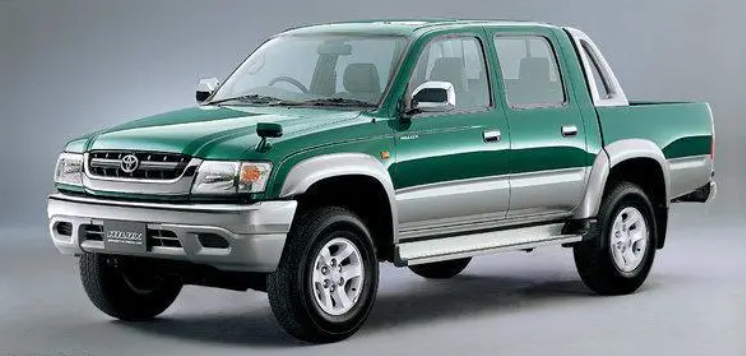
Driveline configurations are two-wheel drive (2WD) or four-wheel drive (4WD). Engine configurations include 2-liter and 2.7-liter gasoline engines (1RZ-E, 3RZ-E) and 2.4-liter and 3-liter diesel engines (2L-TE, 5L). Model variations include 2WD/4WD Cab and 2WD/4WD Crew Cab.
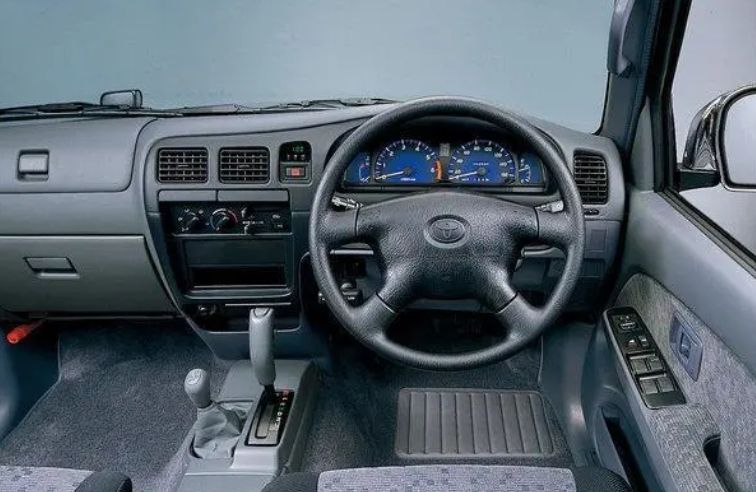
The sixth-generation Hilux took more than 10 years and spanned two centuries before withdrawing from the market in 2005.
Seventh generation Hilux
Launched in August 2004, the seventh-generation Hilux is a new pickup truck sold in more than 140 countries around the world. It inherits the rugged design cues of the sixth-generation model, providing 21st century customers with the high levels of durability and comfort they have come to expect, as well as plenty of interior space.
Passenger car-style interior, improved comfort and passenger car ride comfort and occupant convenience.
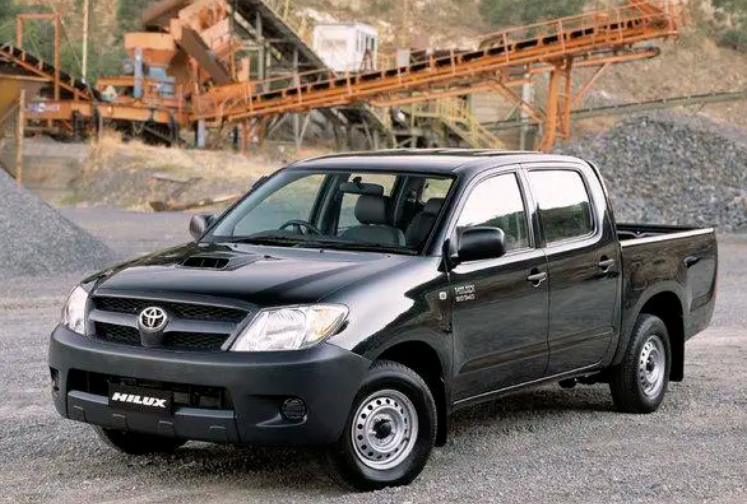
As part of the Innovative International Multipurpose Vehicle (IMV) project, Toyota has developed five new models on one platform: three pickup trucks (Hilux), a minivan (Innova) and a utility vehicle (Fortuner).
The seventh-generation Hilux is the first Japanese car not produced in Japan. Most vehicles are produced in Thailand, South Africa and Argentina and delivered to customers around the world. Some models are also produced in Malaysia, Pakistan and Venezuela.
Due to the large number of models, the seventh-generation Hilux took more than 10 years and was withdrawn from the market in 2015, and the latest generation product, the eighth-generation Hilux, was launched.
Eighth generation Hilux
The eighth-generation Hilux was launched in May 2015. To truly understand customer expectations and the challenges they face every day, the development team traveled around the globe, obtained direct feedback from customers, and drove on a wide variety of roads to get a feel for different usage conditions.
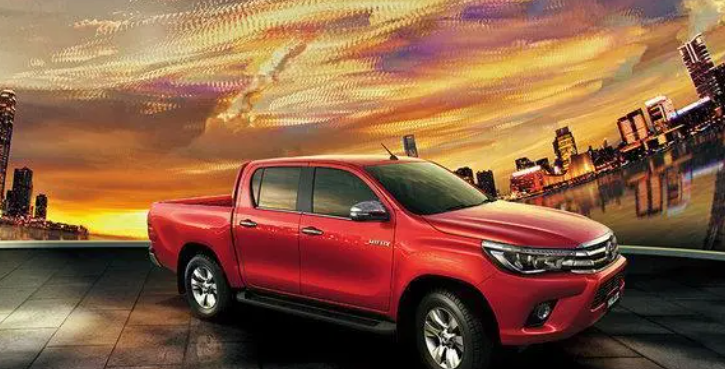
The entire development concept of the eighth-generation Hilux revolves around “redefining toughness”, with the aim of making the new Hilux “tougher” based on a broader interpretation of the word. The eighth-generation Hilux design is not only stronger, but also reduces stress as much as possible.
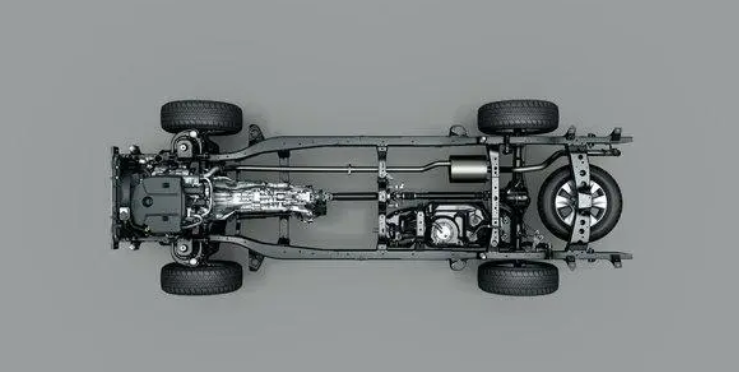
In addition to the traditional toughness concept, it boasts excellent ride comfort that makes long hard drives less taxing, a quiet cabin that communicates in any conditions, and increased range thanks to improved fuel efficiency. It can also be relied upon to deliver the legendary ruggedness, performance, responsiveness and safety expected from the model.
Conclusion
Since the birth of Hilux in 1968, more than 16 million units have been sold in more than 180 countries and regions. Throughout its history, Hilux’s quality, durability and reliability have earned it loyal supporters and a legendary reputation around the world. 50 years have made it a global classic.
